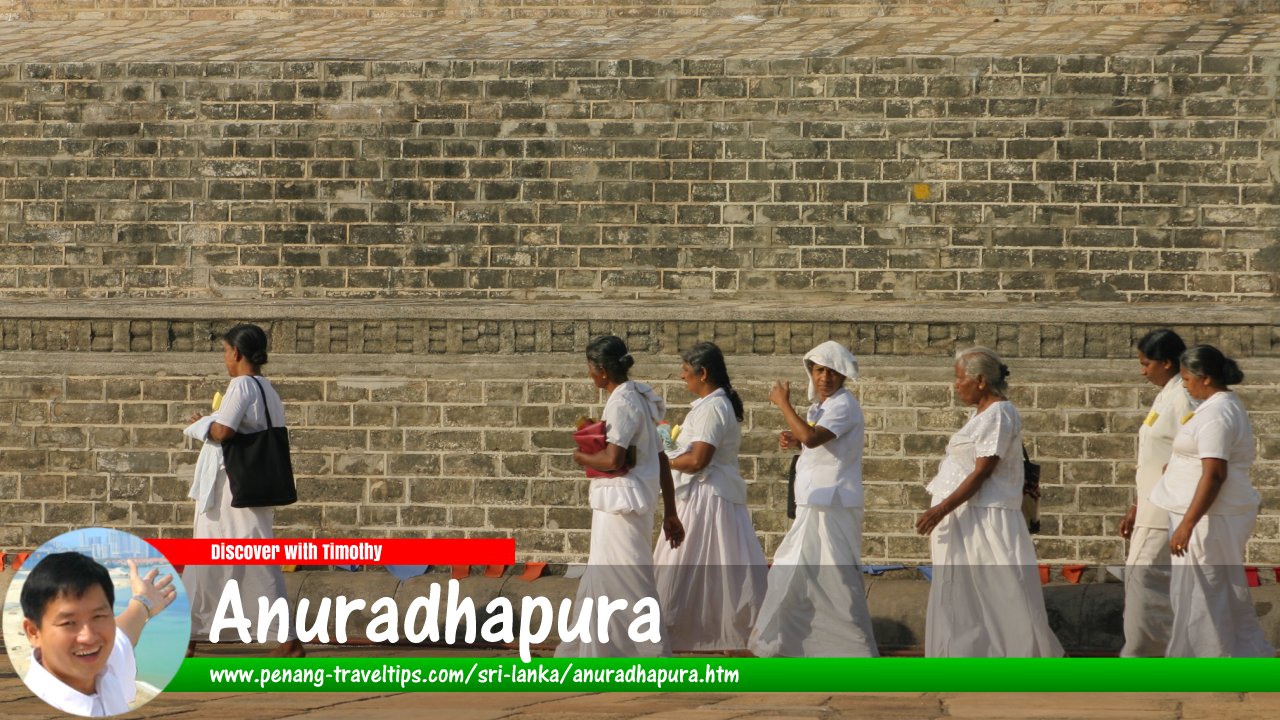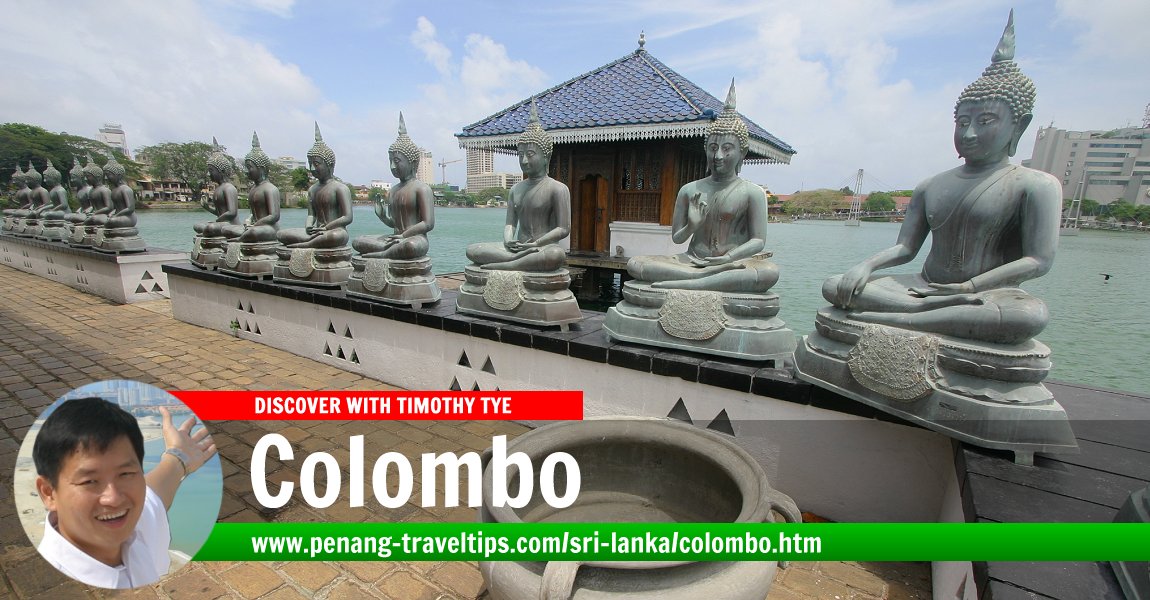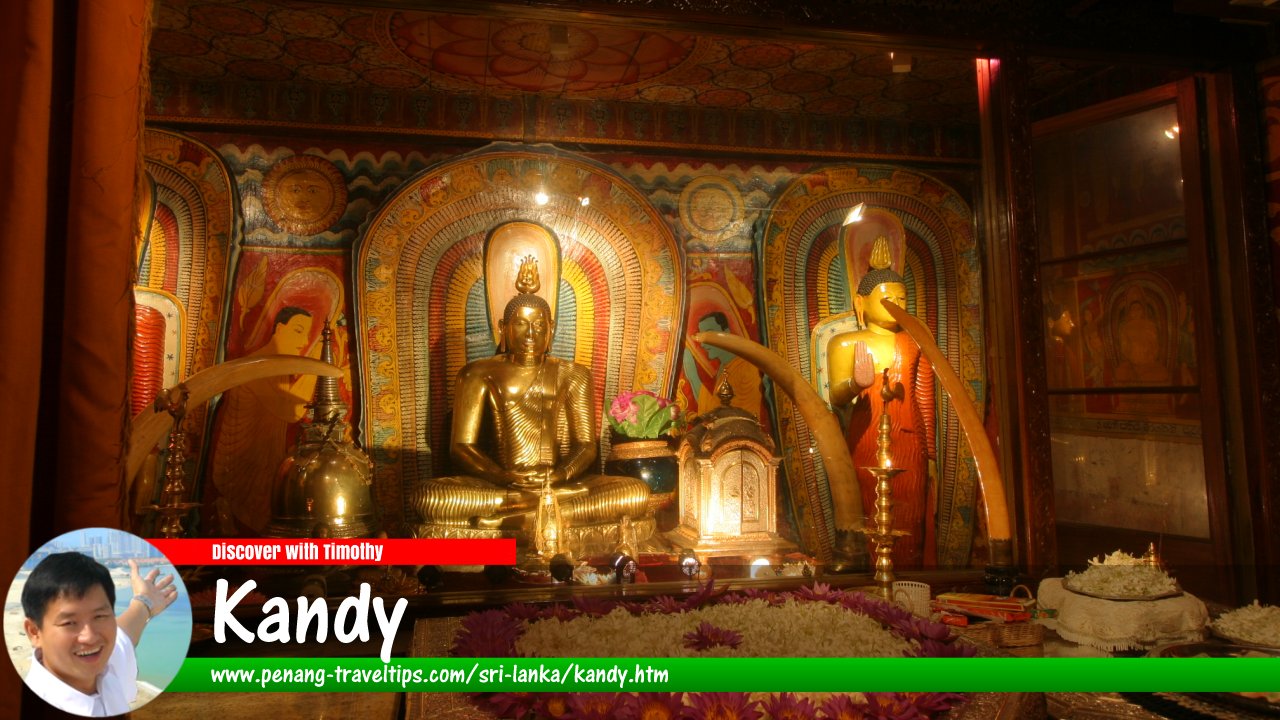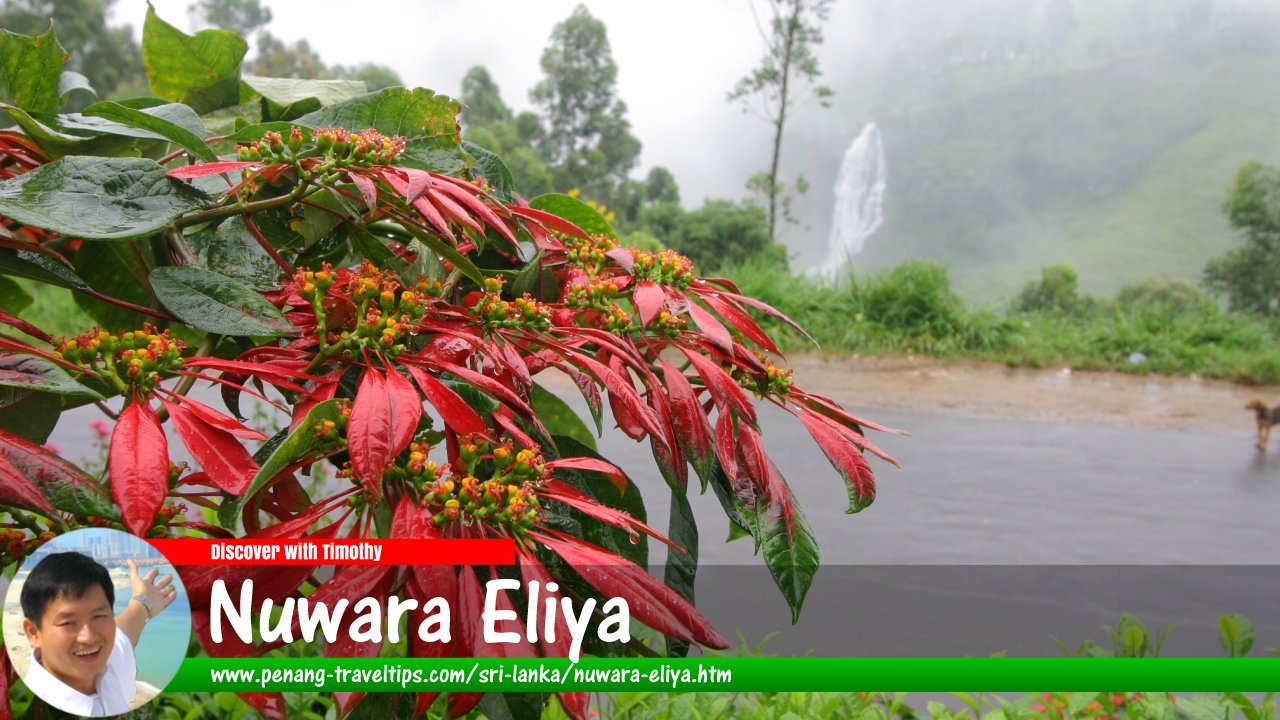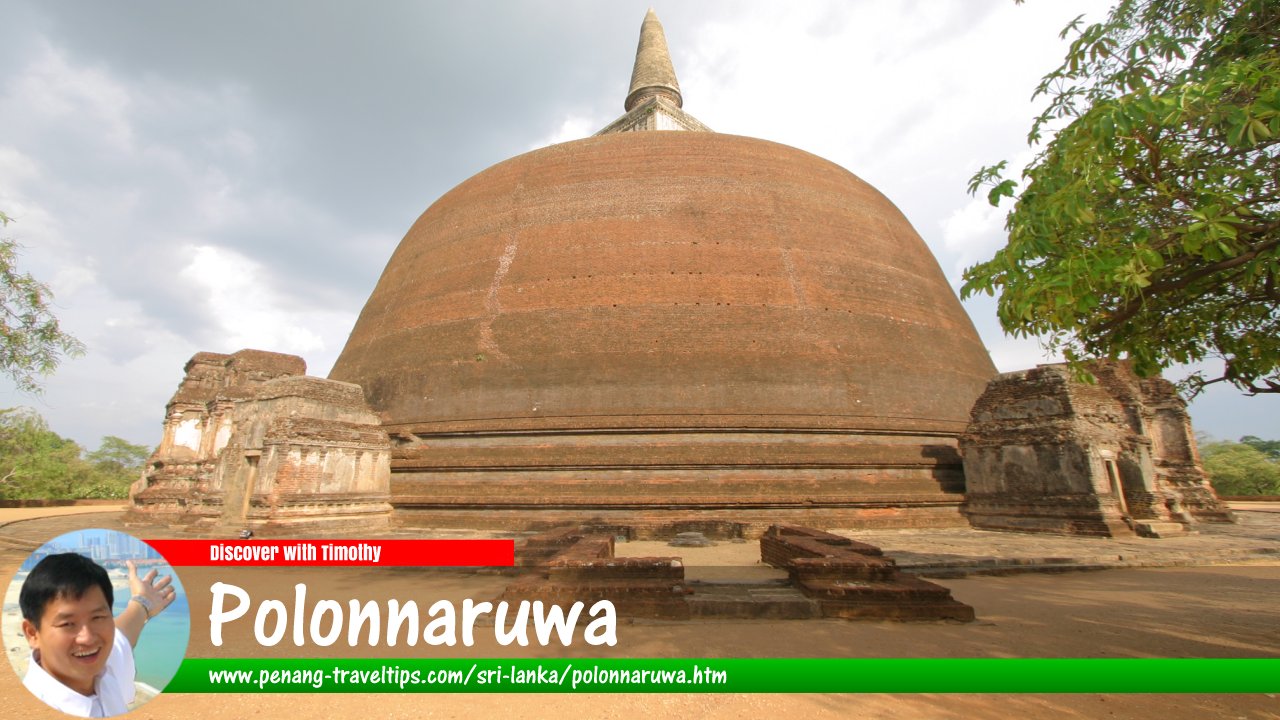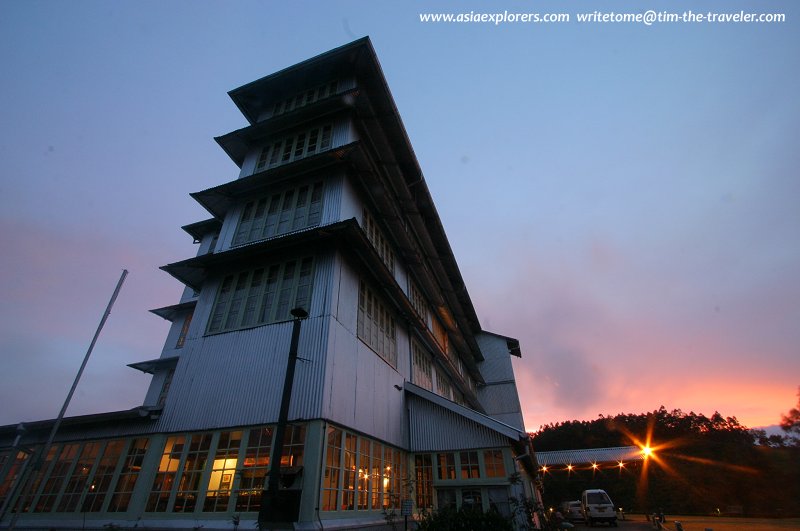 Tea Factory Hotel, Kandapola, Nuwara Eliya (1 September, 2005)
Tea Factory Hotel, Kandapola, Nuwara Eliya (1 September, 2005)
The Heritance Tea Factory Hotel in Kandapola, in the highlands of Nuwara Eliya in Sri Lanka, is one of the most memorable hotel experience I have ever enjoyed. The Heritance Tea Factory Hotel was originally the Hethersett Tea Factory. This is where some of the finest tea in Ceylon was produced. The building was constructed by the British in 1935 at an altitude of 6,800 feet in the town of Kandapola. It functioned as a factory until 1973, when it was abandoned as a result of the nationalization of tea plantations.
The structure is common in the hill country of Sri Lanka. It consists of four upper lofts with pine floor boards supported by Jarrah wood joists. After it ceased being a tea factory, it was used as a storehouse for fertilizers and lime.
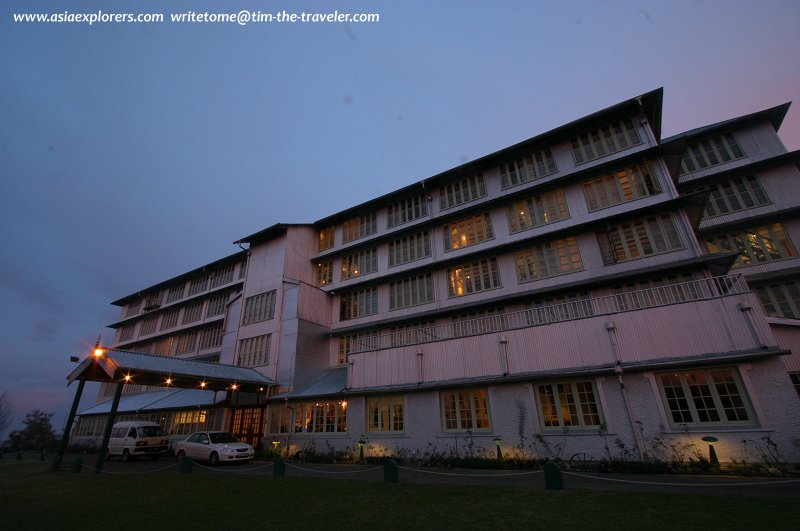 Outside view of the Heritance Tea Factory Hotel (1 September, 2005)
Outside view of the Heritance Tea Factory Hotel (1 September, 2005)
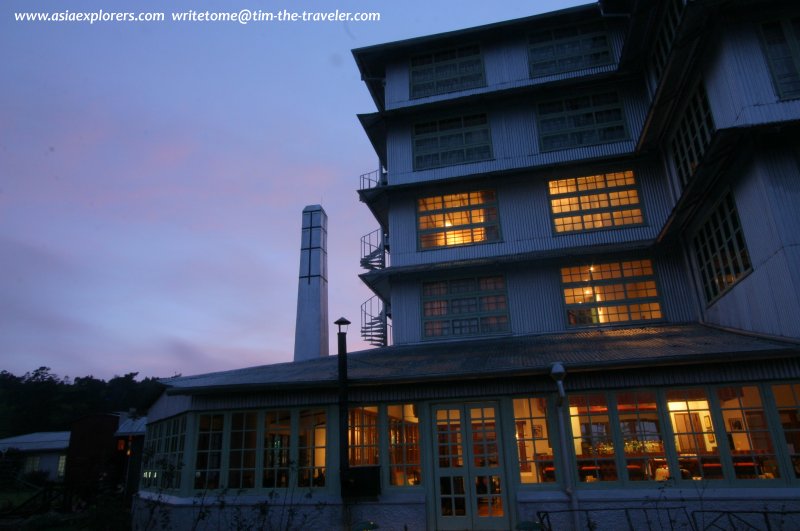 Another view from the outside, Heritance Tea Factory Hotel (1 September, 2005)
Another view from the outside, Heritance Tea Factory Hotel (1 September, 2005)
In 1992, the director of the Aitken Spence Hotel Management company chanced upon this abandoned building, and immediately recognised its heritage value as well as potential for development. He directed his company to purchase the building and began a restoration process to turn it into a themed boutique hotel that will accentuate its historical significance.
Transforming a lowly factory building into a luxurious hotel poses unique challences. It was decided that the exterior would be restored to its original 1930's state. After much consideration, the management also decided to keep most of the tea-making machinery as in integral part of the interior deco. As you explore the hotel, you will come across these machinery which are set to "work" at specific times of the day!
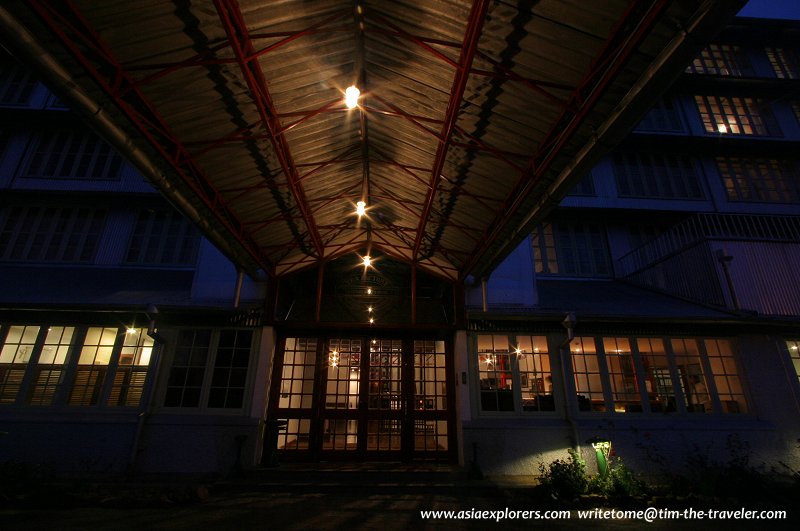 Heritance Tea Factory Hotel, front entrance (1 September, 2005)
Heritance Tea Factory Hotel, front entrance (1 September, 2005)
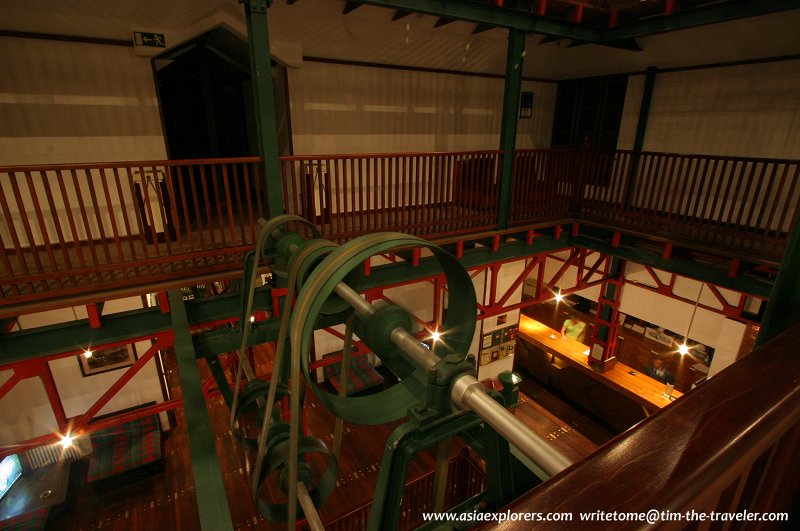 Front Desk, Heritance Tea Factory (1 September, 2005)
Front Desk, Heritance Tea Factory (1 September, 2005)
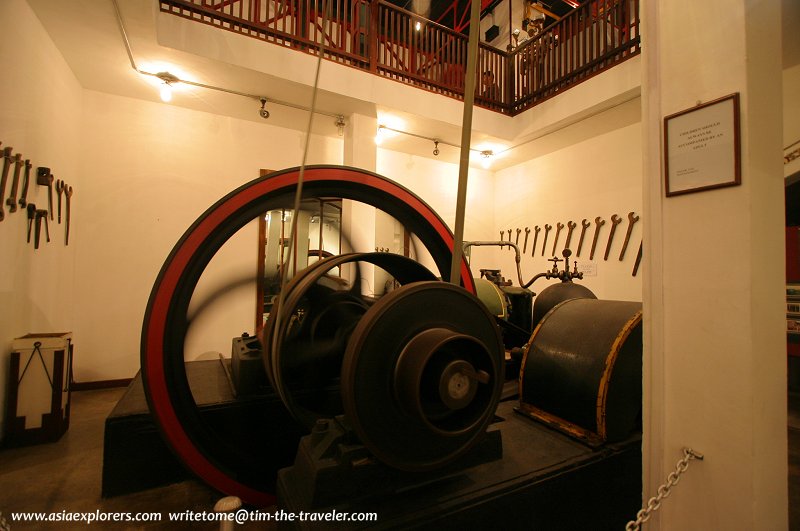 Engine Room, Heritance Tea Factory (1 September, 2005)
Engine Room, Heritance Tea Factory (1 September, 2005)
Conservation work on the building delighted in highlighting the industrial character of the building in the design of the hotel's public spaces. However, private spaces such as the bedrooms were designed to be comfortable retreats for the guests. The intention is to integrate the tea-maching equipment into the deco in a way that will delight the guests.
Specific sections of the building was converted for appropriate uses. The original boiler, for example, became a new, modern kitchen. The 70 feet tall masonry chimney that once emitted smoke from the boiler room now expels cooking fumes. In a similar fashion, the sprinkler tank is converted into the tank for the sprinkler system.
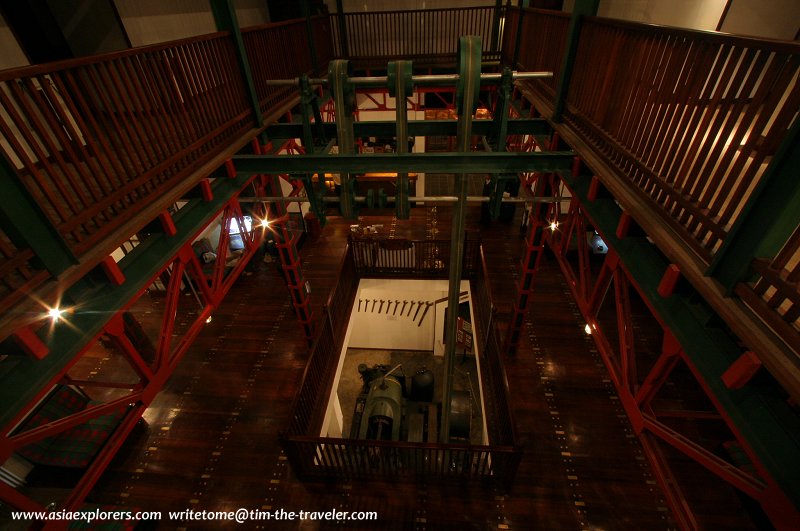 Atrium, Heritance Tea Factory Hotel (1 September, 2005)
Atrium, Heritance Tea Factory Hotel (1 September, 2005)
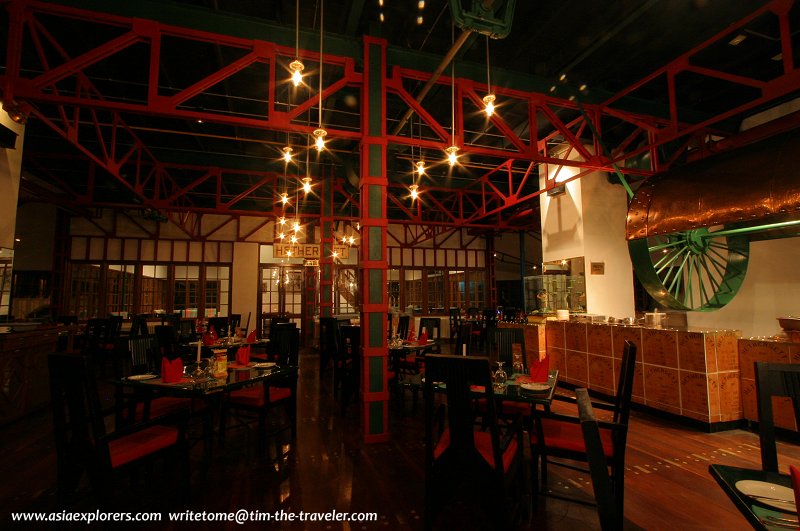 Kenmare Restaurant (1 September, 2005)
Kenmare Restaurant (1 September, 2005)
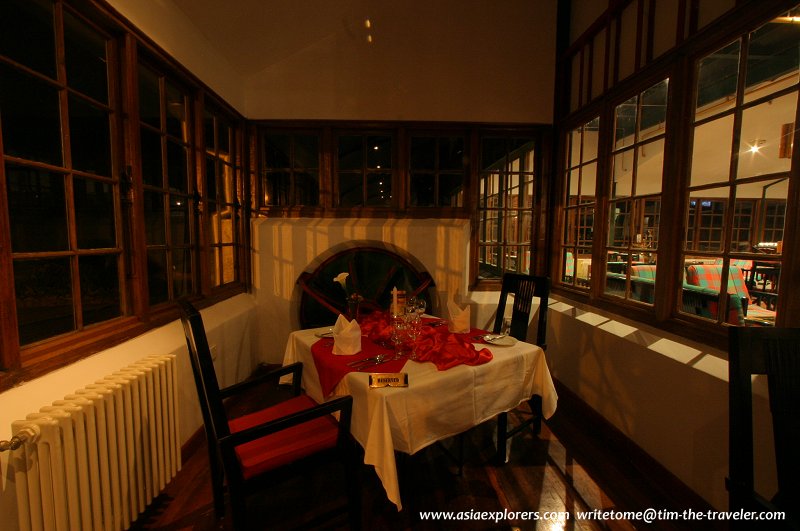 Cosy dining at Kenmare Restaurant (1 September, 2005)
Cosy dining at Kenmare Restaurant (1 September, 2005)
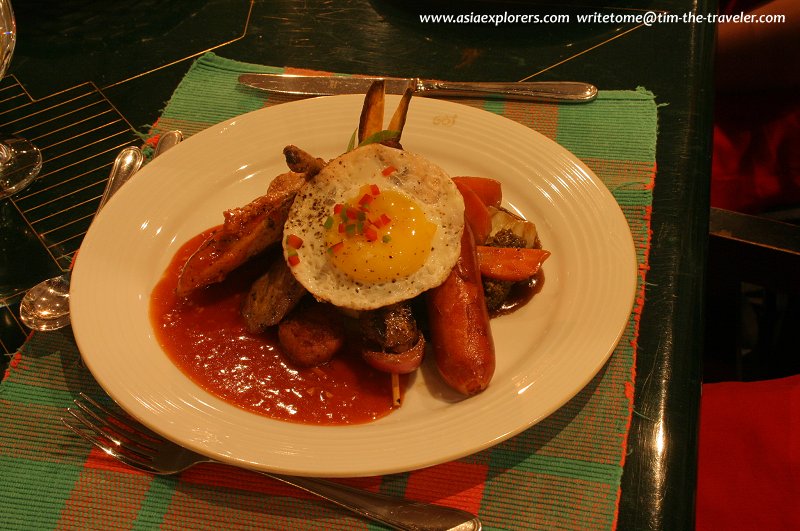 Dinner, Kenmare Restaurant (1 September, 2005)
Dinner, Kenmare Restaurant (1 September, 2005)
The Tea Factory Hotel has fifty-seven rooms complete with en-suites. A newly designed lateral bracing supports the additional load required to putting up the rooms in the lofts. To differentiate between the original and new material, the old steel was painted green and the new in red. And I must say, the resulting combination can only be described as charming!
The continuous vertical open space which once allowed the flow of hot air for the tea drying process is left as it is. this space extends all the way from the four upper lofts down to the basement. In keeping with the industrial theme of the hotel, the ground floor was cement-rendered and laid with jarrah planks which were screwed into the floor with oversized brass screws, creating a delightfully industrial ambiance.
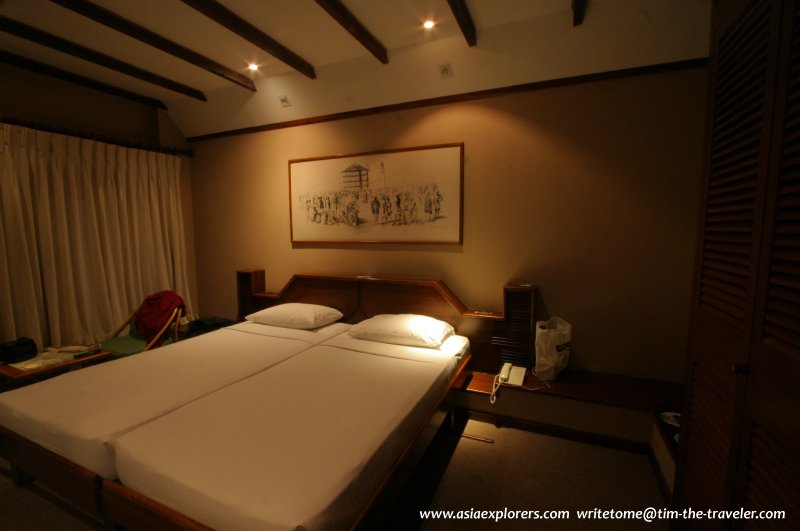 My bedroom at the Heritance Tea Factory Hotel (1 September, 2005)
My bedroom at the Heritance Tea Factory Hotel (1 September, 2005)
The industrial theme continues into other sections of the hotel. The restaurant has a buffet table constructed from recycled tea chests with a canopy of hand-beaten copper sheets fixed with copper studs to two giant steel wheels from the engine room. The lobby glass panels are etched by sand blasting while the lighting consists of industrial glass lamp shades.
Map of the Heritance Tea Factory
View Heritance Tea Factory Hotel, Kandapola in a larger map.
 Latest updates on Penang Travel Tips
Latest updates on Penang Travel Tips
 Destination Sri Lanka
Destination Sri Lanka
Major Tourist Attractions of Sri Lanka

Copyright © 2003-2025 Timothy Tye. All Rights Reserved.

 Go Back
Go Back